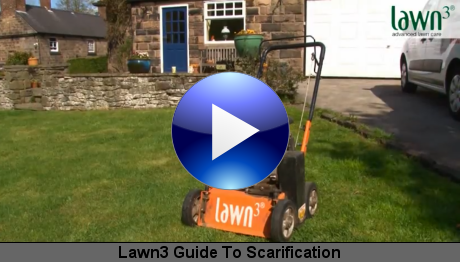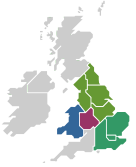Scarification
Even the healthiest lawns accumulate large quantities of dead organic matter, usually in the form of grass clippings and dead moss, which have not been removed. This organic matter will very quickly form a dense layer on the surface of the soil, and is known as thatch.

A small layer of thatch can be beneficial to a lawn but when it is allowed to become too thick it reduces the amount of oxygen, nutrients and water that reaches the soil which results in a weakening of the grass plant and provides a perfect environment for moss.
The most effective way to dethatch a home lawn is with a lawn scarifier. Resembling a heavy-duty power mower, it has a series of revolving vertical knives that cut and pull through the thatch and bring it to the surface of the lawn. The resulting debris is then raked away for disposal.
Insects and diseases find thatch a particularly suitable place to inhabit. Since water does not penetrate it readily neither do pest and disease control products.
Thatch is visible as a layer of peat like material between the grass and the soil.
After scarification is the ideal time to over-seed with a top quality grass seed.
Talk to your local office for advice on the best way to scarify your lawn.





